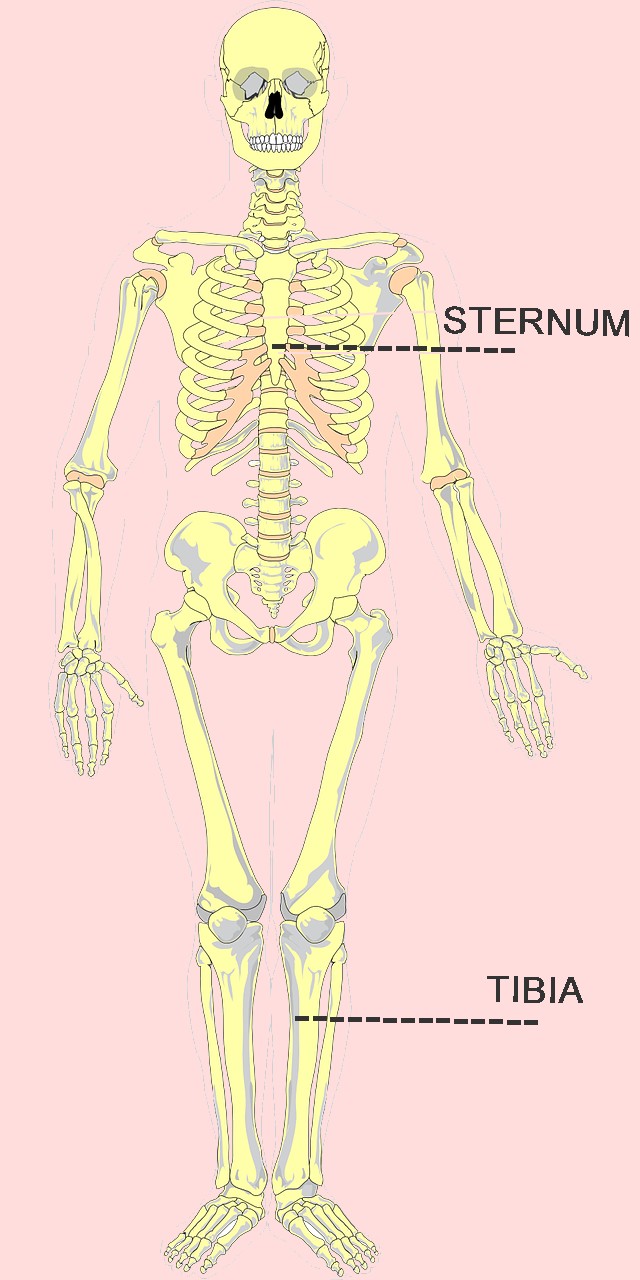Osteomalacia

Osteomalacia is also known as adult rickets and is primarily caused by a lack of Vitamin D. Vitamin D deficiency is very common. About a quarter of people in the UK may not have enough Vitamin D for optimum health according to the NHS
The bones in our body are living tissue that are continually being re-mineralized with mainly calcium and phosphorus and small amounts of carbonate and magnesium. Vitamin D is needed for the process of mineralisation to happen.
So without enough Vitamin D, calcium and phosphorus Osteomalacia will develop.
It is quite simple to assess if you a likely to be deficient in Vitamin D by taking this test.
The test involves pressing onto your sternum (breastbone) and then pressing on your tibias (shinbones) to see if they are painful or tender.
Osteomalacia and Fibromyalgia
Vitamin D deficiency seems to be more prevalent in women with Fibromyalgia. In one study it was indicated that almost 50% of women with Fibromyalgia had very low Vitamin D levels.
Many studies have shown that women with Fibromyalgia tend to be deficient in many minerals and vitamins. So being deficient in Vitamin D comes as no surprise.
A very high proportion of women with Fibromyalgia are also diagnosed with chest pain known as Costochondritis. This is when unexplained excruciating pain is felt in their ribs and sternum. I believe the chest pain diagnosed in women with Fibromyalgia is simply Osteomalacia caused by either calcium deficiency or more likely Vitamin D deficiency.
Dr. Holick who is the leading expert on Vitamin D believes:
“Women who suffer from aches and pains in their bones and muscles are often misdiagnosed as having Fibromyalgia or chronic fatigue syndrome when in fact they are suffering from vitamin D deficiency Osteomalacia.”
Professor Michael Hollick of Boston University School of Medicine
Treatment for Osteomalacia
The good news is that Osteomalacia is treatable. With high strength Vitamin D3 with K2 patients can recover in as little as 3 – 6 months. By high strength Vitamin D3 I mean 2,000iu – 3,000iu a day.
If after having a Vitamin D blood test and it is found to be very low Dr Hollick prescribes a whopping 50,000iu of Vitamin D3 for 3 months to "fill up the tank". And from then a minimum maintenance dose of 2,000iu – 3,000iu each and every day. This dosage is contrary to the dose that the NHS recommends but I have written more about that in my Vitamin D section.
there is a short video where Dr Hollick talks about Osteomalacia And Vitamin D, What Is The Link?